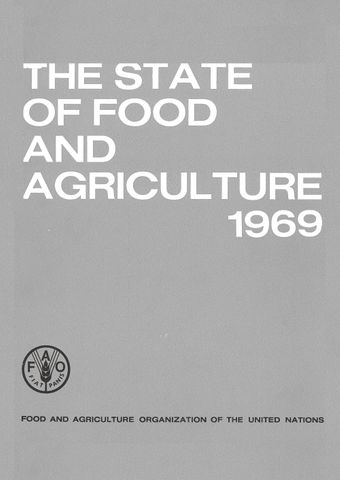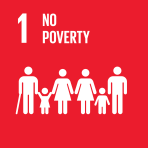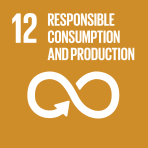Review by regions

- Author: Food and Agriculture Organization of the United Nations
- Main Title: The State of Food and Agriculture 1969 , pp 33-82
- Publication Date: September 1969
- DOI: https://doi.org/10.18356/4abad05d-en
- Language: English
Total agricultural production in western Europe, some 2 percent higher than in 1967, reached a new record level in 1968. Increased output of livestock products accounted for most of the expansion. The general level of prices received by farmers rose and agricultural incomes were higher in most countries. First estimates for 1969 suggest that the 1968 level of output may not be exceeded. Major agricultural problems of an immediate nature relate to excess supplies of dairy products (especially butter and dried skim milk), grains and sugar, and to efforts to dispose of these. The European Economic Community (EEC) continued to implement its Common Agricultural Policy and the United Kingdom to seek further expansion of its agricultural production as a means of saving foreign exchange. Because of their financial and economic costs, existing agricultural policies and programmers have been subjected to increasingly critical review in many countries. There has been additional evidence of mounting interest in policies and programmers for a more rapid modification of agricultural structures to increase productivity, to narrow the income gap between persons engaged in agriculture and those employed in other economic sectors, and to avoid the production of surpluses. Toward the end of 1968, the EEC Commission proposed a comprehensive programme for reform of agricultural structures in the Community during the 1970s. Agricultural development has continued to receive high priority in the less industrialized countries of southern Europe.
-
From This Site
/content/books/9789210472852c003dcterms_title,dcterms_subject,pub_keyword-contentType:Journal -contentType:Contributor -contentType:Concept -contentType:Institution105



